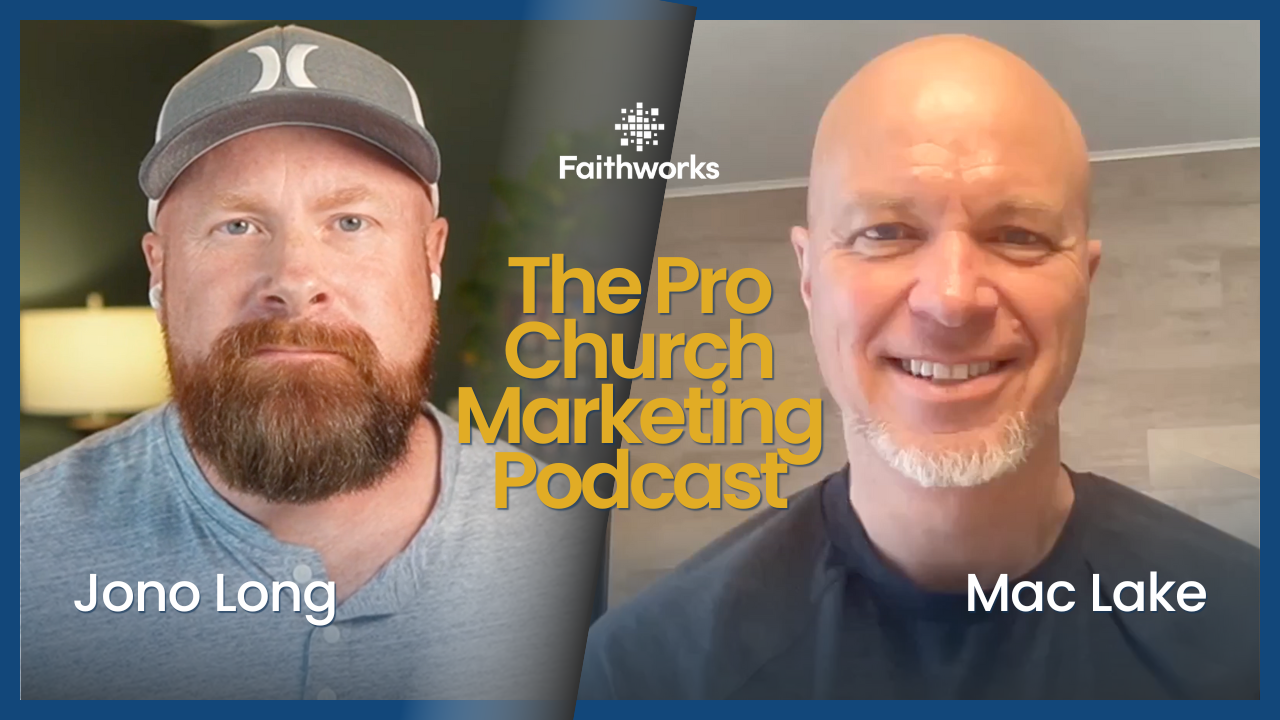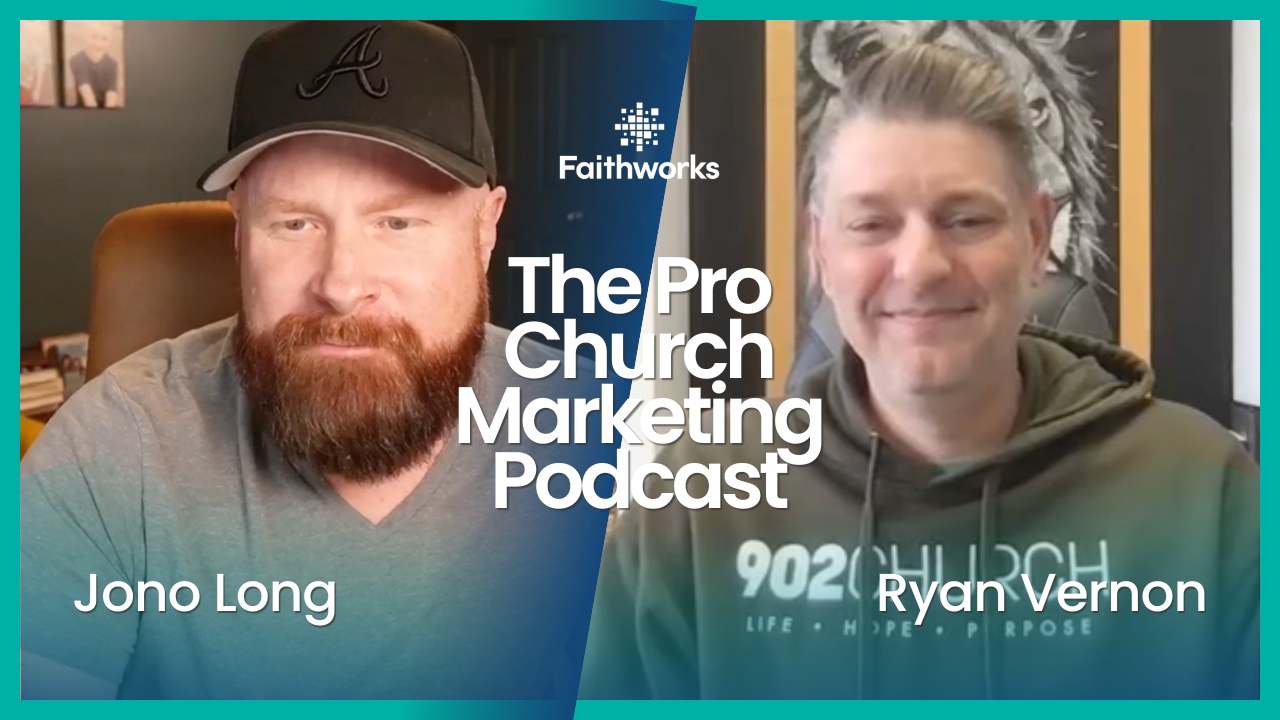Responsive Web Design: Enhancing User Experience for Your Church or Non-Profit Website
In today's constantly connected world, it's crucial for your church or non-profit organization's website to deliver a consistent, seamless user experience across all devices and platforms. Responsive web design is the key to achieving this goal, ensuring that your website is easily accessible and user-friendly on smartphones, tablets, and desktop computers alike. By embracing responsive design principles, you're better equipped to cater to your audience's needs, maximize engagement, and ultimately support your organization's mission and goals.
In this educational article, we delve into the significance of responsive web design for your church or non-profit website. We'll explore the essential elements of responsive design, the benefits it offers in terms of user experience and satisfaction, and how partnering with Faithworks Marketing's custom design services can help your organization create an online presence that truly resonates with your target audience. Discover how prioritizing responsiveness can empower your church or non-profit organization to broaden its reach, inspire action, and effectively communicate your mission in an increasingly mobile-driven world.
What is Responsive Web Design?
Responsive web design refers to the practice of designing and developing a website so that its layout, images, and text adjust seamlessly to fit various screen sizes and resolutions. With a responsive design, your website adapts to the device's screen size, providing an optimal viewing experience for visitors regardless of whether they are using a smartphone, tablet, or desktop computer.
Faithworks Marketing's expert design team understands the importance of responsive web design, ensuring that your church or non-profit organization's website offers an optimal experience for all visitors, regardless of the device they use.
Key Principles of Responsive Web Design
Several core principles guide the development of responsive web design. These include:
- Fluid grids: Fluid grid layouts use relative units (like percentages) instead of fixed units (such as pixels) to determine the size of elements on a page. This approach allows your website to adjust its layout according to the available screen space.
- Flexible images: Images should be designed to resize and scale automatically to fit within their containers, ensuring that they do not extend beyond the screen's edges and negatively impact user experience.
- CSS media queries: Media queries enable your website to adapt its style and layout based on the properties of the user's device, such as screen resolution, screen size, and orientation.
Faithworks Marketing in Monroe, GA is well-versed in these essential principles, creating responsive websites for churches and non-profits across the United States, optimizing user experience, and ensuring that all visitors can comfortably engage with your content, no matter their device.
Advantages of Responsive Web Design for Churches and Non-Profits
Implementing responsive web design for your church or non-profit's website offers numerous benefits, including:
- Increased user satisfaction: A responsive design ensures that your website provides a positive, cohesive user experience across devices, leading to higher satisfaction and engagement rates.
- Improved search engine ranking: Search engines, like Google, prioritize mobile-friendly websites in their search results, meaning that a responsive design can boost your website's organic search ranking.
- Adaptability: Given the rapid evolution of technology and the prevalence of various devices, embracing responsive design allows your website to transition smoothly as new devices and screen sizes arise.
- Easier maintenance: A responsive church or non-profit website requires only a single set of updates, reducing the time and effort required to manage and maintain your online presence.
By partnering with Faithworks Marketing, your organization can benefit from custom responsive web designs tailored to your unique mission, ensuring optimal user experience and allowing you to take advantage of the advantages listed above.
Enhancing User Experience with Responsive Web Design
To improve your church or non-profit's website's user experience through responsive design, consider the following tips:
- Prioritize mobile-first design: Design your website with mobile devices in mind, ensuring that content is easy to read and navigate on small screens before adapting it for larger displays.
- Optimize navigation: Simplify your website's navigation structure to make it easy for users to find important information, using dropdown menus and collapsible sections to preserve screen space on smaller devices.
- Pay attention to typography: Choose clear, legible fonts and adjust font sizes, line spacing, and paragraph breaks to accommodate different screen sizes and resolutions.
- Utilize collapsible sections and accordions: Compress long pages and content into "accordion" components to improve readability and navigation on small screens.
Faithworks Marketing's design team will work closely with your church or non-profit organization to apply these principles, creating a responsive website that facilitates an exceptional user experience across devices.
Responsive Web Design and Google's Mobile-First Indexing
In 2016, Google announced a shift to mobile-first indexing, meaning that the search engine ranks websites based on the mobile version of their content. Given that the majority of search queries now come from mobile devices, responsive web design has become even more critical for your church or non-profit's website rankings.
By enlisting
Faithworks Marketing's expertise, you'll create a responsive website that adheres to Google's guidelines, providing higher search visibility and increased organic traffic.
Measuring the Success of Your Responsive Design
Once your responsive website is live, it's crucial to monitor its performance to ensure that it meets user expectations and your organization's objectives. Some key indicators to track include:
- Bounce rate: Monitor your site's bounce rate to identify any pages or devices that are driving visitors away, allowing you to address potential user experience issues.
- Conversion rate: Assess both desktop and mobile conversion rates to determine the effectiveness of your responsive design and identify areas for improvement.
- User feedback: Collecting user feedback can provide valuable insights into problems that might not be evident from analytical data alone.
Faithworks Marketing offers continued support for your church or non-profit organization in assessing website performance, ensuring that your provider is always delivering an exceptional user experience for all visitors, regardless of device.
Embrace a Seamless User Experience with Faithworks Marketing
Responsive web design plays a vital role in creating a seamless and accessible user experience for your church or non-profit organization's website. By embracing the core principles of responsive design, you ensure your website caters to a diverse range of devices, screen sizes, and user needs. This adaptability not only boosts user satisfaction but also enhances your website's search engine ranking, extends your online reach, and helps you effectively communicate your mission and values in today's mobile-driven world.
Faithworks Marketing, with its specialized focus on churches and non-profit organizations across the United States, is the ideal partner to help you create a responsive website that truly represents your organization. Our expert design team combines technical knowledge, creativity, and a deep understanding of your unique needs to deliver custom responsive websites that leave a lasting positive impression on visitors.
Are you ready to enhance your church or non-profit's online presence with a responsive web design that engages and inspires visitors? Connect with Faithworks Marketing today and begin your journey toward a seamless, user-friendly, and feature-rich website through our
web design for nonprofit organizations and churches. Let Faithworks Marketing in Monroe, GA support your organization in harnessing the power of responsive design, ensuring your message resonates with audiences and your website remains a valuable resource for years to come.
Latest Posts












